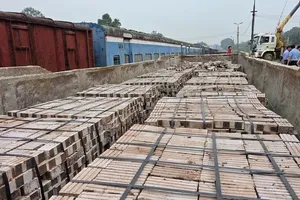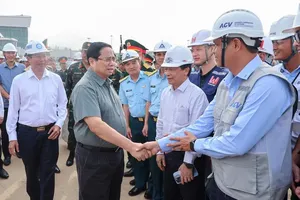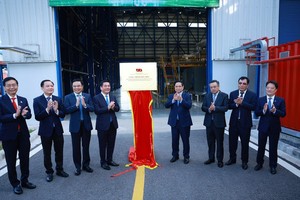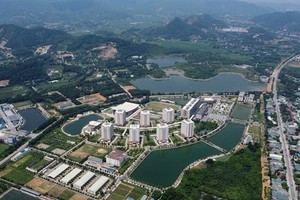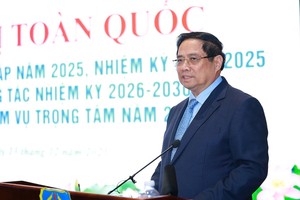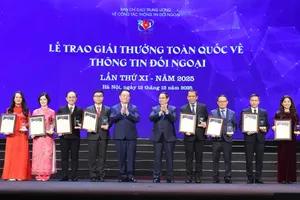
Hanoi plans to designate specific areas for motorbikes and aims to phase them out in various districts by the year 2030, as outlined in a resolution passed by the Hanoi People's Council in 2017. In conjunction with this initiative, the city will implement a policy to replace older motorbikes that fail to meet safety standards and contribute to excessive exhaust emissions.
In an effort to implement the 2024 Capital Law and improve air quality, the Hanoi People's Committee is seeking public input on a draft resolution outlining the criteria, conditions, procedures, and processes for designating low-emission zones within the city.
According to the draft law, these zones will be designated in areas with high levels of air pollution, particularly those with concentrated economic, cultural, and social activities, high population density, and heavy traffic congestion. Vehicles operating within these zones will be subject to stricter emission standards, with non-compliant vehicles potentially facing restrictions or additional fees.
The Hanoi People's Committee has established five criteria to identify low-emission areas, which include regions with a concentration of economic, cultural, and social activities, as well as high population density; areas currently experiencing air pollution due to traffic emissions; zones equipped with infrastructure that supports low-emission public transportation and has the capacity for organized, convenient, and efficient traffic management; additionally, low-emission areas are locations that meet the requirements for stricter emission standards for vehicles; and areas where both the government and the community agree on the development of low-emission zones.
Hanoi is setting an ambitious framework to gradually phase out motorbikes from various districts by 2030, as outlined in the 2017 resolution from the Hanoi People's Council. This strategy not only targets the reduction of motorbikes but also includes an initiative to replace older models that fail to meet safety and environmental standards. With around 8 million personal vehicles, including nearly 1.5 million cars, the city's vehicle growth rate stands at 4.5 percent annually, with cars increasing at approximately 10 percent.
Air pollution remains a significant concern in Hanoi, where the average annual concentration of PM2.5 fine particulate matter is approximately 50 μg/m3. This level is nearly double the national technical standard and five times higher than the World Health Organization's recommendations.
Notably, the transportation sector is the primary contributor to PM2.5 emissions, responsible for 58 percent to 74 percent of the total concentration. Research conducted by the World Health Organization indicates that a 10 μg/m3 increase in PM2.5 concentration correlates with a 36 percent rise in lung cancer rates. PM2.5 particles enter the body through the respiratory system, affecting lung sacs and pulmonary veins, and can infiltrate the bloodstream, thereby elevating the risk of respiratory and cardiovascular diseases.












